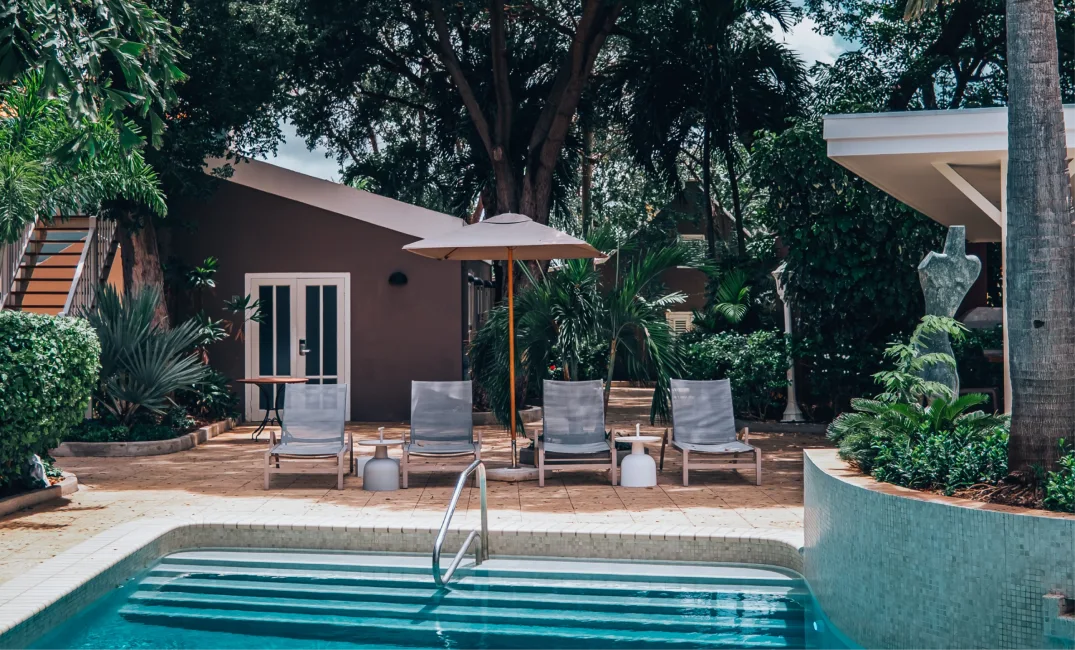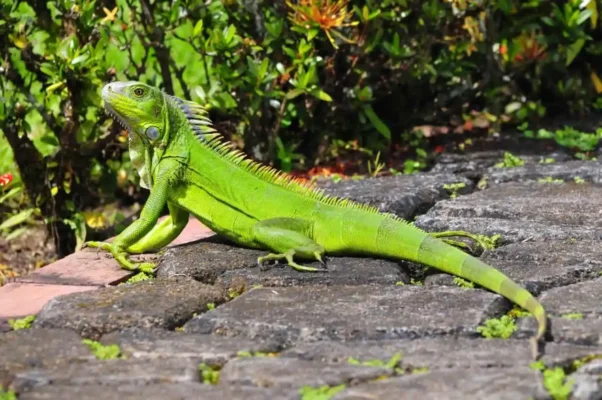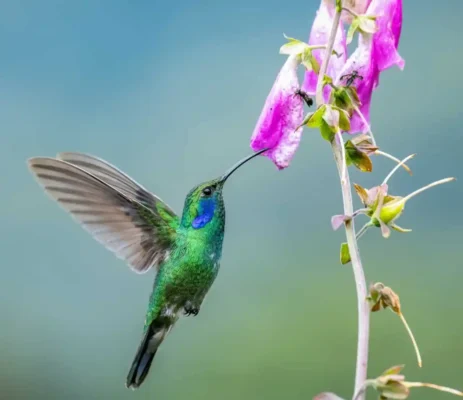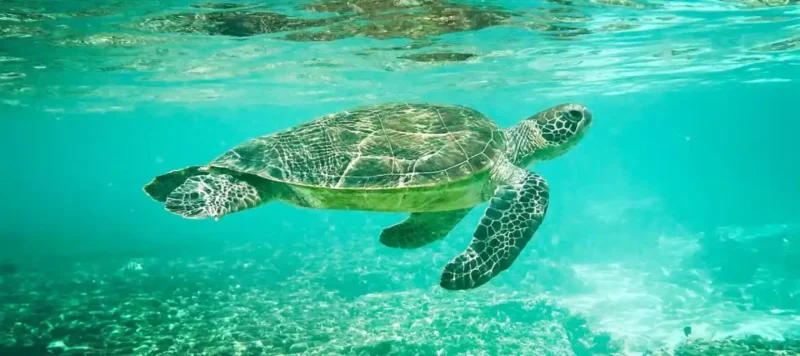Curaçao, a country of the Netherlands Antilles, is located in the southern Caribbean Sea and in the Dutch Caribbean. It is located about 65 kilometers north of the coast of Venezuela. On the island, expect exotic animals.
Curacao’s semi-arid climate has prevented many tropical bird species, mammals and lizards associated with rainforests from living there. Countless species of hummingbirds and banana chicks, as well as greater terns and egrets and even flamingos are at home in Curaçao. Curaçao is home to the Trupial, a black bird with a bright orange underbelly, white spots and white wings. The mockingbird is called Chuchubi (Papiamentu) and has a long, white-gray tail with a gray back. The brown pelican with the large bill, which feeds on coastal fish, can also be found on the island. There are many other seabirds, including large cormorants and gulls.
The white-tailed deer is Curaçao’s most prominent animal, aside from field mice, small rabbits and cave bats. This deer is closely related to the American white-tailed deer or Virginia deer. It is found throughout North America, Central America, the Caribbean and even Bolivia. The deer can grow two feet long and three feet tall, and can weigh up to 300 pounds. It is the only deer species found on the island. It has been protected since 1926 and about 200 of them live on Curaçao. You can find them in many places on the island, especially in Christoffel Park on the west side, where 70% of their herd lives. According to archaeologists, the deer was brought to Curaçao from South America by the Arawaks, the original inhabitants.
We will highlight our favorite wildlife you can spot on the island.
Contents
Iguanas
The island is home to several species of iguanas, including a light-colored specimen with shimmering aqua on its flanks and belly. They lie in the sun all over the island. Curaçao’s iguanas are a wonderful attraction. But, unlike other islands, they are still hunted for food. Sea turtles nest in a number of coves along the west coast of the island. Park rangers can guide you to visit these turtles, which are protected in Shete Boka Park.
Iguanas love the dry-wet climate. They love Curaçao violin. They can be found almost everywhere. They can be found along the side of the road or on the roadsides. Many were unfortunately run over. The iguana population is so large that locals even flock to the area to hunt them and make delicious iguana soup from them. Who doesn’t want to see a variety of iguanas? This iguana stops once at the Bahia Hotel and then sits on the terrace of the restaurant. The iguanas can be found both under the tables and in the trees. But it’s not too late. The iguana, which is the second laziest animal in terms of laziness after the sloth. They are also fed in the restaurant, so they are represented as much as possible.
Flamingos
Flamingos can also be found on Curacao. They are tall and thin with a long neck, long legs, and pink plumage. Upright Flamingos can reach 90 cm to 155 cm in height. The neck and legs of males are larger than those of females, and carotenoid absorption is what gives the plumage its pink color. These carotenoids are mainly used in planktonic algae. These carotenoids can be converted by the Flamingo organism using enzymes located in the liver. This results in many pigments, including canthaxanthin, being absorbed into the skin and feathers of adult flamingos. Young birds develop gray plumage, with very little or no pink pigmentation.
Although flamingos can swim, they are not very good swimmers. They can even swim in deeper water because of her long legs. They keep their necks extended and the wings are beaten quickly and often.
Did you know that their flying speed can reach 50-60 km/h? Flamingos often make energy-saving V-formations in groups. Some walking steps can be done before and after landing.
Hummingbirds
We love these amazing creatures. The hummingbird does this at a high frequency, 40 to 50 wing beats per minute. They can also fly with their movable wings to get nectar. You can fly sideways or backwards. Hummingbirds have a hand larger than their upper and lower arms, which is in stark contrast to other bird species. The hummingbird can fly in almost any position imaginable thanks to this and extreme dexterity in its elbow and shoulder. This costs the hummingbird less than 25% of its total weight. Did you know they like yellow and reddish flowers?
Turtles
Five of the seven species of turtles are found in the oceans around Curaçao. The turtles you might see are:
– The Green Turtle
– The false hawksbill turtle
– The leatherback turtle
– The Hawksbill tortoise
Be careful with these creatures as they are all endangered. The leatherback turtle is a deep-sea species that was rarely seen. However, the other three species can be observed while snorkeling or diving. The largest turtle of the above mirrors will be: The endangered hawksbill turtle which can reach 90 cm in length and weigh up to 75 kg.
Spread over an eight-block area, this property offers a unique luxury experience in a botanical and tranquil retreat, offering complete privacy and intimacy.
Experience the essence of Curaçao at Kura Botanica



